Culture Politics & the Built Environment
Publisher: University of Pittsburgh Press
Series Editor: Dianne Harris, University of Washington
Books in this series address the intersecting relationships between the built environment and a range of cultural forces, exploring the ways buildings, cities, and landscapes impact—and are in turn shaped by—the formulation and function of deep social, economic, and political structures. They also examine the agency of the built environment as it actively helps to shape class, race, and gender identities. These books are notable for their innovative topics and approaches. The scope of the series is international and open to multidisciplinary work, but it is primarily focused on publishing spatial histories that have the potential to influence many other kinds of historical thought and writing.
Format: Hardback
Description:
A new addition to the University of Pittsburgh Press Culture Politics & the Built Environment series
Model Schools in the Model City
Race, Planning, and Education in the Nations Capital
Format: Hardback
Description:
A new addition to the University of Pittsburgh Press award winning Culture Politics & the Built Environment series
Architecture of Peace
The Right to an Urban History of Gaza, 1948-1993
Format: Hardback
Description:
A new addition to the University of Pittsburgh Press Culture Politics & the Built Environment series
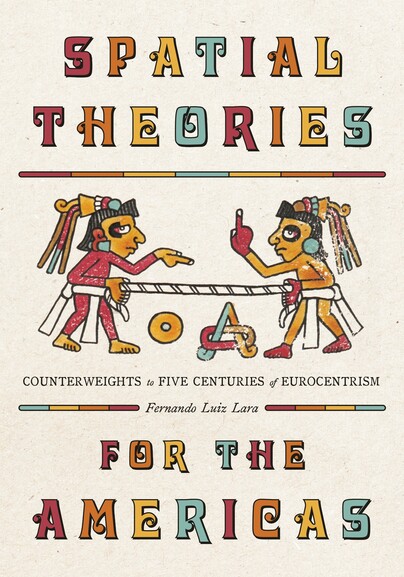
Format: Hardback
Pages: 296
ISBN: 9780822948339
Pub Date: 28 Feb 2025
Imprint: University of Pittsburgh Press
Illustrations: 42 b&w illustrations
Description:
To study the built environment of the Americas is to wrestle with an inherent contradiction. While the disciplines of architecture, urban design, landscape, and planning share the fundamental belief that space and place matter, the overwhelming majority of canonical knowledge and the vernacular used to describe these disciplines comes from another, very different, continent. With this book, Fernando Luiz Lara discusses several theories of space—drawing on cartography, geography, anthropology, and mostly architecture—and proposes counterweights to five centuries of Eurocentrism.
Modern Architecture in Mexico City
History, Representation, and the Shaping of a Capital
Format: Paperback
Description:
Winner, 2018 SAH Alice Davis Hitchcock Award Mexico City became one of the centers of architectural modernism in the Americas in the first half of the twentieth century. Invigorated by insights drawn from the first published histories of Mexican colonial architecture, which suggested that Mexico possessed a distinctive architecture and culture, beginning in the 1920s a new generation of architects created profoundly visual modern buildings intended to convey Mexico’s unique cultural character. By midcentury these architects and their students had rewritten the country’s architectural history and transformed the capital into a metropolis where new buildings that evoked pre-conquest, colonial, and International Style architecture coexisted.
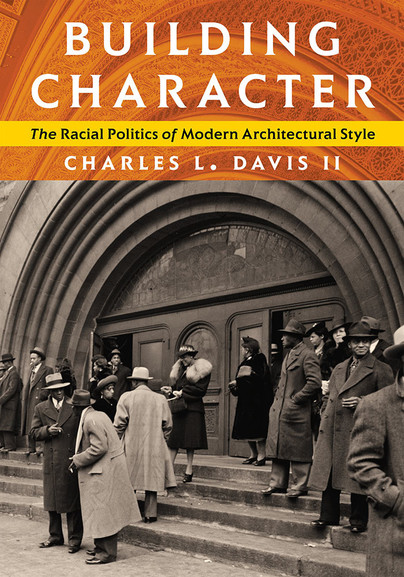
Format: Paperback
Description:
In the 19th-century paradigm of architectural organicism, the notion that buildings possessed character provided architects with a lens for relating the buildings they designed to the populations they served. Advances in scientific race theory enabled designers to think of 'race' and 'style' as manifestations of natural law: just as biological processes seemed to inherently regulate the racial characters that made humans a perfect fit for their geographical contexts, architectural characters became a rational product of design. Parallels between racial and architectural characters provided a rationalist model of design that fashioned some of the most influential national building styles of the past, from the pioneering concepts of French structural rationalism and German tectonic theory to the nationalist associations of the Chicago Style, the Prairie Style, and the International Style.
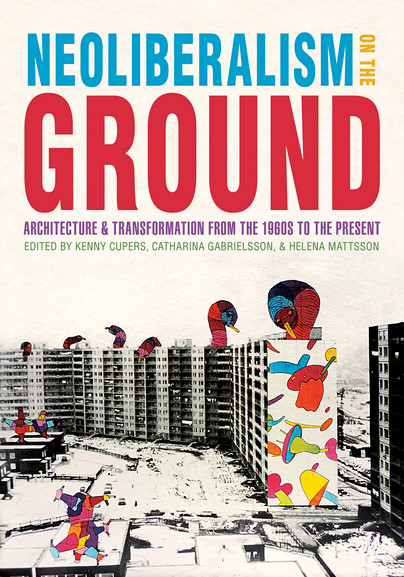
Format: Hardback
Pages: 448
ISBN: 9780822946014
Pub Date: 28 Mar 2021
Imprint: University of Pittsburgh Press
Illustrations: 90 b&w
Description:
Architecture and urbanism have contributed to one of the most sweeping transformations of our times. Over the past four decades, neoliberalism has been not only a dominant paradigm in politics but a process of bricks and mortar in everyday life. Rather than to ask what a neoliberal architecture looks like, or how architecture represents neoliberalism, this volume examines the multivalent role of architecture and urbanism in geographically variable yet interconnected processes of neoliberal transformation across scales—from China, Turkey, South Africa, Argentina, Mexico, the United States, Britain, Sweden, and Czechoslovakia.

Format: Hardback
Pages: 264
ISBN: 9780822945734
Pub Date: 30 Sep 2020
Imprint: University of Pittsburgh Press
Illustrations: 85 b&w
Description:
Inspired by the rise of environmental psychology and increasing support for behavioral research after the Second World War, new initiatives at the federal, state, and local levels looked to influence the human psyche through form, or elicit desired behaviors with environmental incentives, implementing what Joy Knoblauch calls “psychological functionalism.” Recruited by federal construction and research programs for institutional reform and expansion - which included hospitals, mental health centers, prisons, and public housing - architects theorized new ways to control behavior and make it more functional by exercising soft power, or power through persuasion, with their designs.

Format: Paperback
Description:
Although race - a concept of human difference that establishes hierarchies of power and domination - has played a critical role in the development of modern architectural discourse and practice since the Enlightenment, its influence on the discipline remains largely underexplored. This volume offers a welcome and long-awaited intervention for the field by shining a spotlight on constructions of race and their impact on architecture and theory in Europe and North America and across various global contexts since the eighteenth century. Challenging us to write race back into architectural history, contributors confront how racial thinking has intimately shaped some of the key concepts of modern architecture and culture over time, including freedom, revolution, character, national and indigenous style, progress, hybridity, climate, representation, and radicalism.
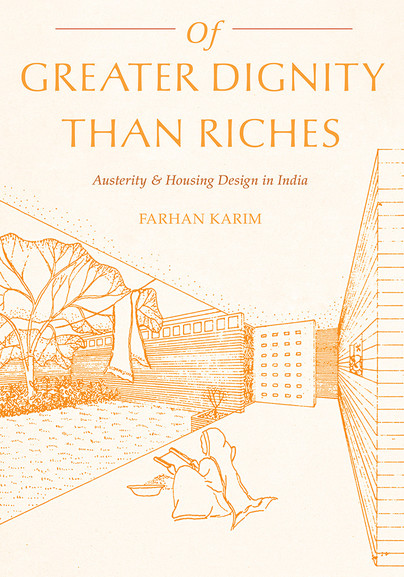
Format: Hardback
Pages: 336
ISBN: 9780822965695
Pub Date: 09 Apr 2019
Imprint: University of Pittsburgh Press
Illustrations: 85
Description:
Extreme poverty, which intensified in India during colonial rule, peaked in the 1920s—after decades of imperialist exploitation, famine, and disease—a time when architects, engineers, and city authorities proposed a new type of housing for India’s urban poor and industrial workers. As Farhan Karim argues, economic scarcity became a central inspiration for architectural modernism in the subcontinent. As India moved from colonial rule to independence, the Indian government, business entities, international NGOs, and intergovernmental agencies took major initiatives to modernize housing conditions and the domestic environment of the state’s low-income population.
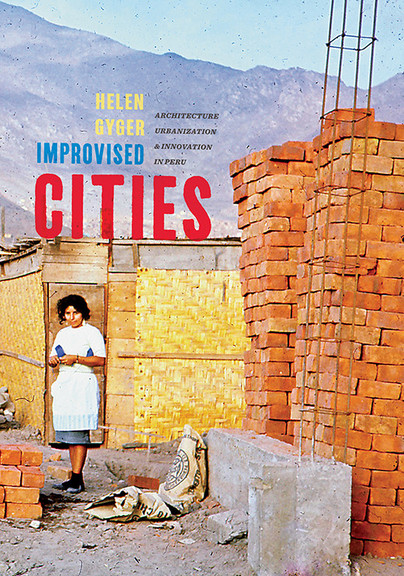
Format: Hardback
Description:
Beginning in the 1950s, an explosion in rural-urban migration dramatically increased the population of cities throughout Peru, leading to an acute housing shortage and the proliferation of self-built shelters clustered in barriadas, or squatter settlements. Improvised Cities examines the history of aided self-help housing, or technical assistance to self-builders, which took on a variety of forms in Peru from 1954 to 1986. While the postwar period saw a number of trial projects in aided self-help housing throughout the developing world, Peru was the site of significant experiments in this field and pioneering in its efforts to enact a large-scale policy of land tenure regularization in improvised, unauthorized cities.
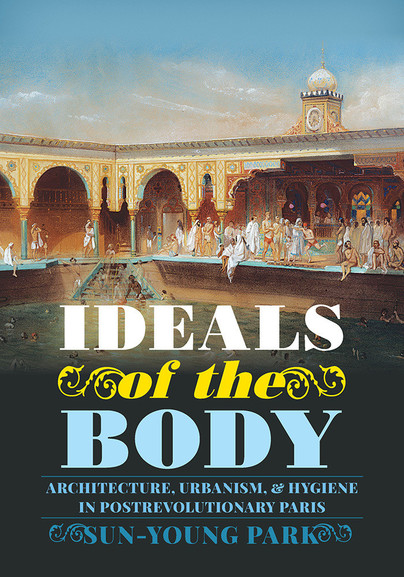
Format: Hardback
Pages: 352
ISBN: 9780822945284
Pub Date: 31 May 2018
Imprint: University of Pittsburgh Press
Illustrations: 109 b&w images, 11 color plates
Description:
Modern hygienic urbanism originated in the airy boulevards, public parks, and sewer system that transformed the Parisian cityscape in the mid-nineteenth century. Yet these well-known developments in public health built on a previous moment of anxiety about the hygiene of modern city dwellers. Amid fears of national decline that accompanied the collapse of the Napoleonic Empire, efforts to modernize Paris between 1800 and 1850 focused not on grand and comprehensive structural reforms, but rather on improving the bodily and mental fitness of the individual citizen.
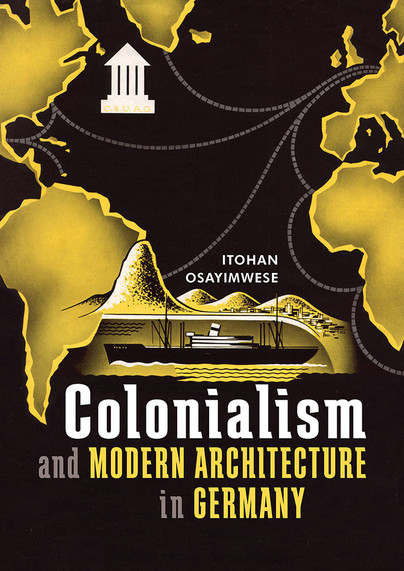
Format: Hardback
Description:
Over the course of the nineteenth century, drastic social and political changes, technological innovations, and exposure to non-Western cultures affected Germany's built environment in profound ways. The economic challenges of Germany's colonial project forced architects designing for the colonies to abandon a centuries-long, highly ornamental architectural style in favor of structural technologies and building materials that catered to the local contexts of its remote colonies, such as prefabricated systems. As German architects gathered information about the regions under their influence in Africa, Asia, and the Pacific—during expeditions, at international exhibitions, and from colonial entrepreneurs and officials—they published their findings in books and articles and organized lectures and exhibits that stimulated progressive architectural thinking and shaped the emerging modern language of architecture within Germany itself.
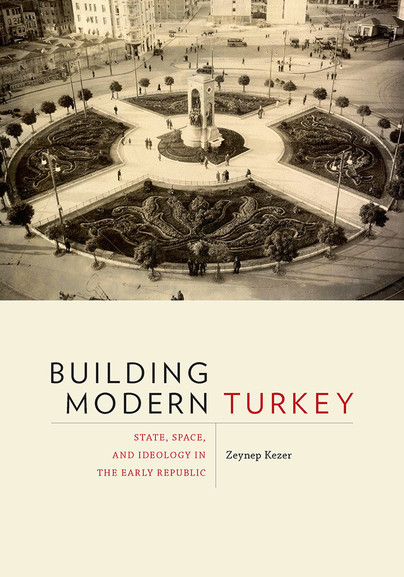
Format: Paperback
Description:
Building Modern Turkey offers a critical account of how the built environment mediated Turkey's transition from a pluralistic (multiethnic and multireligious) empire into a modern, homogenized nation-state following the collapse of the Ottoman Empire at the end of World War I. Zeynep Kezer argues that the deliberate dismantling of ethnic and religious enclaves and the spatial practices that ensued were as integral to conjuring up a sense of national unity and facilitating the operations of a modern nation-state as were the creation of a new capital, Ankara, and other sites and services that embodied a new modern way of life. The book breaks new ground by examining both the creative and destructive forces at play in the making of modern Turkey and by addressing the overwhelming frictions during this profound transformation and their long-term consequences.

Format: Hardback
Description:
The name Black Hawk permeates the built environment in the upper Midwestern United States. It has been appropriated for everything from fitness clubs to used car dealerships. Makataimeshekiakiak, the Sauk Indian war leader whose name loosely translates to "Black Hawk," surrendered in 1832 after hundreds of his fellow tribal members were slaughtered at the Bad Axe Massacre.
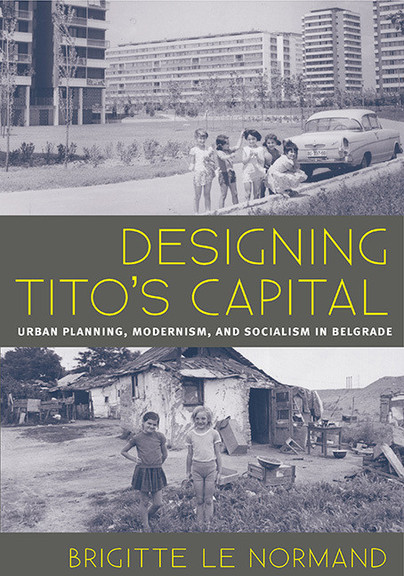
Format: Paperback
Description:
The devastation of World War II left the Yugoslavian capital of Belgrade in ruins. Communist Party leader Josip Broz Tito saw this as a golden opportunity to recreate the city through his own vision of socialism. In Designing Tito’s Capital, Brigitte Le Normand analyzes the unprecedented planning process called for by the new leader, and the determination of planners to create an urban environment that would benefit all citizens.
